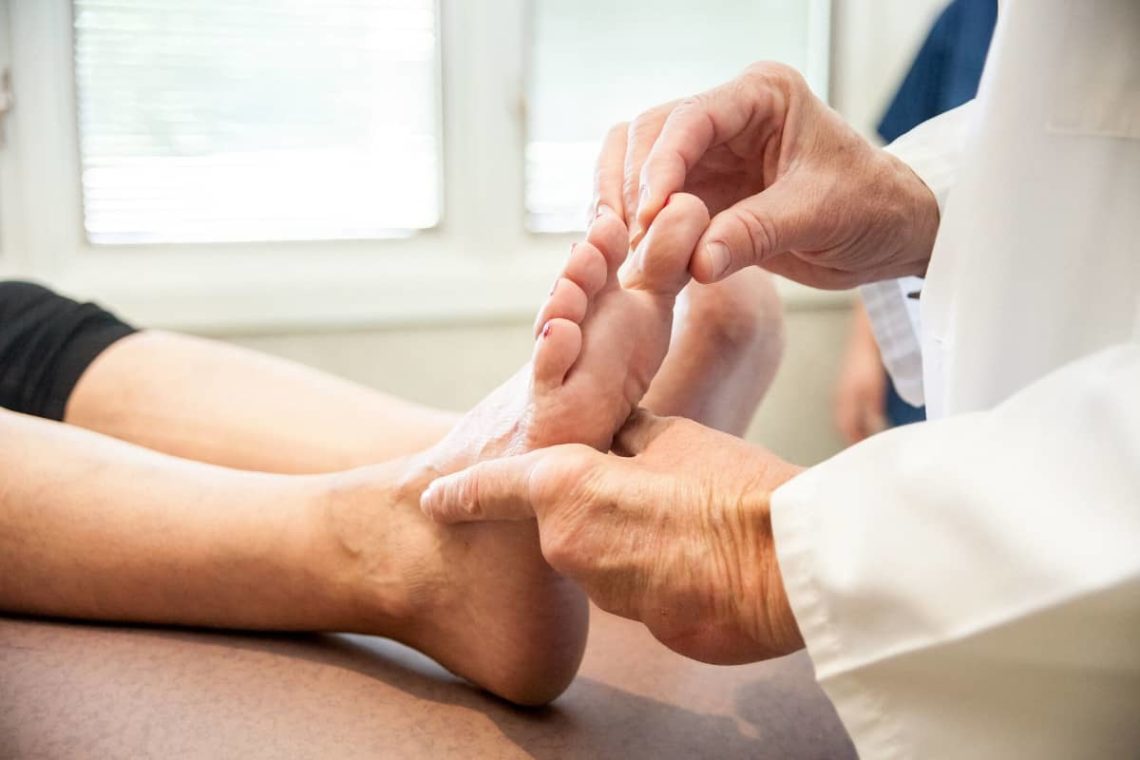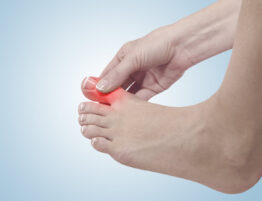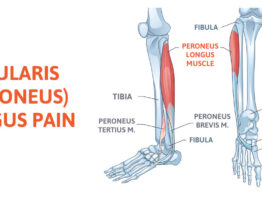
Peripheral neuropathy is a very common issue that affects patient’s legs and feet. Yet for something so common, we have a long way to go to help manage this painful and potentially debilitating problem. For most people, the symptoms start slowly and gradually worsen over time.
This slow onset can delay the onset of diagnosis and treatment for months, or even years. The symptoms are often different from person to person making it difficult for a doctor to easily recognize the problem early. Furthermore, there are multiple potential causes for the chronic nerve damage and multiple potential treatments depending on the cause. Long story short…peripheral neuropathy can be a tough row to hoe. But, there is good news.
Only Two Choices?
Too often in my experience, patients with peripheral neuropathy hear that they have only two choices:
1) Take pain medications to mask the symptoms
2) Live with it until the nerves die off and no longer cause pain
For years, doctors have searched for other options that would relieve or cure the symptoms regardless of the cause or severity of the nerve damage. They have tried many treatments, medications, and therapies that have only lead to disappointment. But, there is good news.
The Good News: ESTIM Treatment
Now, here’s the good part. Recently, one treatment (often referred to as ESTIM therapy) has shown quite a lot of promise in relieving, and even eliminating the pain from peripheral neuropathy. A company called NEUROGENX developed this therapy.
ESTIM combines a commonly used local anesthetic with a new type of electrical signals generated by a computer. Together, they can gradually heal nerve tissue by addressing the primary underlying cause of most nerve damage, lack of blood flow and oxygen to the nerves. Over the last four years, we have been using the NEUROGENX ESTIM treatment at our clinics to help patients suffering with different types of neuropathy. And we have seen dramatic results, especially when compared to other available treatments.
How ESTIM Works
For patients with peripheral neuropathy, limited blood flow and oxygen delivery can cause slow nerve healing. Whatever is causing damage to the nerve also can damage the small blood vessels that feed the nerve.
The ESTIM treatment combines both electrical and chemical treatment to stimulate increased blood flow and increased nerve healing. The injections use a local anesthetic called “marcaine” which opens and dilates the blood vessels feeding the nerves. Once the blood vessels are open, the electrical impulse goes through the nerve to “jump start” it and stimulate healing. The computer generates an electric signal that changes constantly. This means that the nerve does not “get used to” the signal, which would reduce the effectiveness.
So with each ESTIM treatment, the nerve receives both the nutrients it needs and the electrical signals telling it what to do. With this, the nerve is able to repair and heal the damage. With each subsequent treatment, more and more damaged nerve tissue repairs itself.
The Patient Experience
The most important thing to us is that we see patients have a dramatic improvement in their quality of life. When they come back to see us and report 85, 95, and sometimes even 100% improvement, that is the most rewarding part of what we do as doctors. I would like to end this blog with a quote from a patient named Zelda.
“Now after treatment, I can walk again. I’m back to my normal activities, and I don’t have any pain. I’m sleeping through the night, and the jittery feeling in my legs is gone. Just make an appointment because there is no one else out there doing this. Even if it only helps 75%, it’s worth it. To be able to live your daily life again, it makes all the difference in the world.”
If you would like to learn more about ESTIM treatment, please call us and make an appointment. We would be happy to answer your questions or schedule an evaluation to see if this therapy is right for you.
Come see us, we can help. To learn more about how we treat neuropathy, click here.
To make an appointment, click here.









Write a comment: